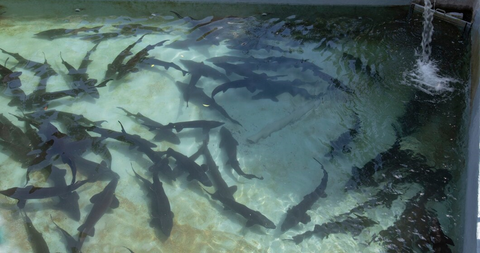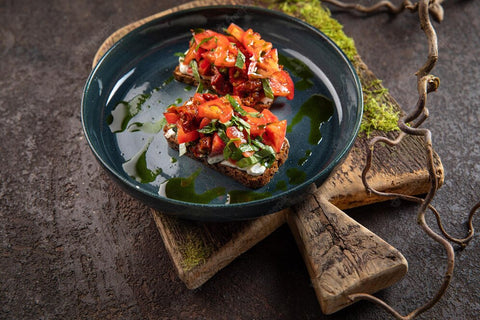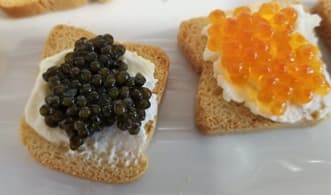A basic understanding and understanding of Sturgeon caviar farms and their various methods.

As a source of fresh, sustainable caviar, sturgeon caviar farms are becoming increasingly popular. Caviar is a delicacy made from the egg of a sturgeon. Sturgeon caviar is highly valued for its flavor and texture, and it is frequently used in high-end restaurants. Caviar is typically sold by the ounce and can be quite costly. Sturgeon caviar farms can produce a large amount of caviar, making it more affordable to consumers. These farms harvest caviar in a variety of ways that are environmentally friendly, and some even offer tours and educational programs.
Various methods Sturgeon caviar farms:
- There are a few methods of farming sturgeon for their caviar. One common method is to keep the sturgeon in large, temperature-controlled tanks. The water in the tanks is constantly filtered and monitored to ensure optimal conditions for the sturgeon. To promote healthy growth, the sturgeon are fed a diet of pellets and live fish.
- Another method of farming sturgeon is to keep them in large ponds. The ponds are also temperature-controlled, and the water is filtered and monitored. The sturgeon are fed a diet of pellets and live fish. This method allows for a more natural environment for the sturgeon, which some believe results in better quality caviar.
Both methods of farming sturgeon have their pros and cons. The primary distinction is the environment in which the sturgeon are kept. Sturgeon raised in tanks are kept in a more controlled environment, whereas sturgeon raised in ponds are kept in a more natural environment. Each method has advantages and disadvantages, so it is up to the farmer to determine which method is best for their operation.

Conclusion:
Sturgeon caviar farms are a significant part of the global seafood industry. They are an important source of food for many people all over the world. Caviar is made from the eggs of sturgeon fish and is considered a delicacy in many cultures. Sturgeon caviar is highly valued for its distinct flavor and texture. Sturgeon caviar farms are typically located in coastal areas with known sturgeon populations. These farms collect caviar using a variety of methods, including netting, seining, and hand-gathering. After collecting the caviar, it is cleaned, graded, and packaged for sale. Caviar of the highest quality is typically sold in small jars or tins, whereas caviar of lower quality is sold in bulk containers. Sturgeon caviar farms are critical to the global seafood industry. They are an important source of food for many people all over the world.




